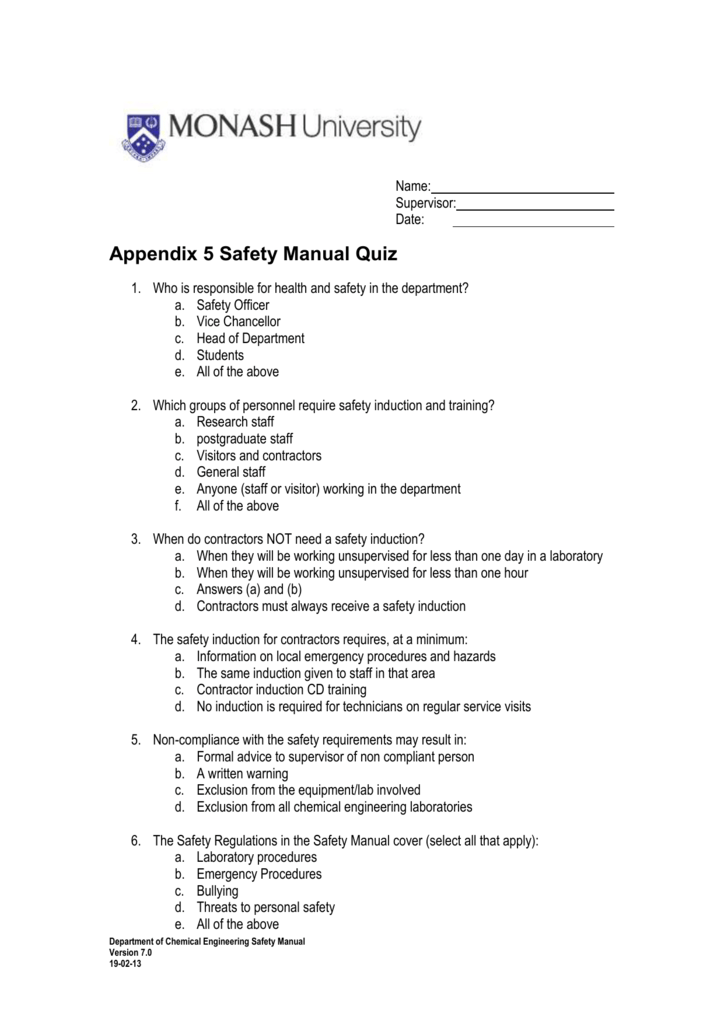General Chemistry For Engineers Lab Manual Answers
- General Chemistry 1 Lab Answers
- General Chemistry For Engineers
- General Chemistry For Engineers Lab Manual Answers Pearson
Gear design and application. See PRODUCT ENGINEERING. General business achievement test. See PSYCHOLOGICAL CORP. General chemistry. A survey of general chemistry laboratory programs. For your largest science and engineering lab course, how many hours per week are students in lab?
Description Laboratory Manual for General Chemistry: Atoms First, Second Edition is organized using the atoms first approach and is written to correspond with the Second Edition of General Chemistry: Atoms First by McMurry/Fay. This manual contains twenty-four experiments with a focus on real world applications, following an intuitive logic progressing from the simplest building blocks to successively more complex concepts. Each experiment covers one or more topics discussed within a chapter of the textbook to help students understand the underlying concepts covered in the lecture course. Additionally, each experiment contains a set of pre-laboratory questions (also assignable in MasteringChemistry ®), an introduction, a background section explaining concepts that each student is expected to master for a full understanding of the experimental results, a step-by-step procedure (including safety information), and a report section featuring post-laboratory questions. Table of Contents Chapter 0 — Part A.
Measurement and Expression of Experimental Data Part B. Graphing and Statistical Analysis A math review including practice with significant figures, rounding rules, graphing techniques and statistical analysis.
Chapter 1 — Conservation of Matter A reaction of Copper Nitrate and Zinc is observed to determine if mass is conserved. Chapter 2 — Atomic Spectra Several unknown light sources are identified by use of spectrometry. Chapter 3 — Halogen Reactions Hexane and water are used to determine the solubility of the halogens and halides. Chapter 4 — Paper Chromatography: M&M’s ® True Colors Paper Chromatography is used to analyze the food colorings used in M&M’s candy shells Chapter 5 — Building Molecular Models Lewis Structures are presented in model form and investigated.

Chapter 6 — Limiting and Excess Reagents Copper nitrate and potassium iodide are reacted at different concentrations to determine which is the limiting reagent and which is in excess. Chapter 7 — Redox Reactions in Voltaic Cells: Construction of a Potential Series Micro-scale unit cells of several metals are created and their potentials are measured in order to create a potential series.


Chapter 8 — Reactions in Aqueous Solutions: Strong Acids and Bases The pH and concentration relationships for the reaction of HCl and NaOH are investigated. Chapter 9 — Calorimetry & Hess’s Law The enthalpies of reaction are determined for both magnesium metal and magnesium oxide in water.
General Chemistry 1 Lab Answers
These enthalpies are then used in conjuction with Hess's Law to determine the enthalpy of reaction for magnesium burning in oxygen. Chapter 10 — Gas Laws and Air Bags Ideal gas law and stoichiometry are used to construct a working mock-up of an automobile airbag. Chapter 11 — Intermolecular Forces and the Triple Point of CO2 Intermolecular forces are investigated by observing the temperature depression created when different solvents evaporate. The triple point of CO2 is observed and measured. Chapter 12 — The Purification of Water Fresh water samples are tested for phosphate before and after purification. Chapter 13 — Kinetics: The Iodine Clock The Iodine Clock Reaction is measured at room, high and low temperatures and its rate constant is determined. Chapter 14 - Photometric Determination of an Equilibrium Constant The equilibrium constant for the reaction of iron(III) thiocyanate is determined by photometric methods. Chapter 15 — Titration of 7-Up ® Monoprotic and polyprotic acids are titrated using NaOH.
General Chemistry For Engineers
Chapter 16 — Hydrogen Phosphate Buffer Systems Students create and then test the buffering capacity of a hydrogen phosphate buffer. Chapter 17 — Entropy, Free Energy and Chemical Equilibrium The thermodynamics of the solubility of Ca(OH)2 are determined using titration.
General Chemistry For Engineers Lab Manual Answers Pearson
Chapter 18 – Electrochemistry: The Nernst Equation Unit cells are built from various metals and then tested at several temperatures. The free energy is determined using the Nernst equation. Chapter 19 – Analysis of a Hydrate The formula and percentage of water is determined in an unknown hydrate. Chapter 20 – Qualitative Analysis: Cations, Anions and Complex Ions A single-day, microscale qualitative analysis is used to determine the cations and anions in an unknown mixture. Chapter 21 – Isomerism in Coordination Chemistry A study of the three-dimensional structures of octahedral complexes is performed.
Chapter 22 – Light Emitting Diode Students will identify the components of a complex ion and predict if that complex ion has a large or small crystal field splitting energy while constructing an organic diode. Chapter 23 – Amino Acid Analysis by Ninhydrin Students identify the amino acids in an unknown mixture using a combination of Ninhydrin and TLC. Appendix A: Atomic and Molecular Structure Review Appendix B: Excel Tutorial Appendix C: Volumetric Glassware Appendix D: Standard Reduction Potentials (in Volts), 25 oC A Appendix E: Glossary of Terms.